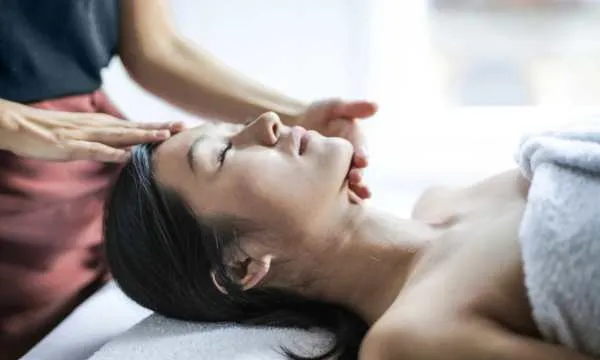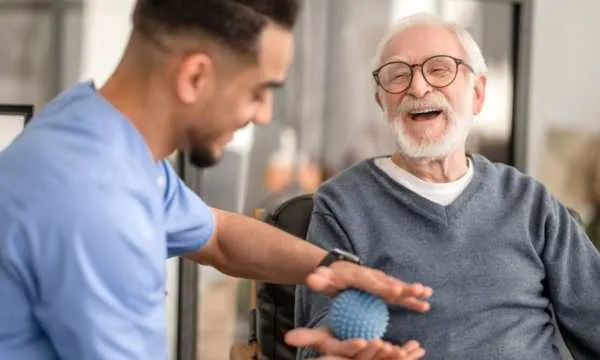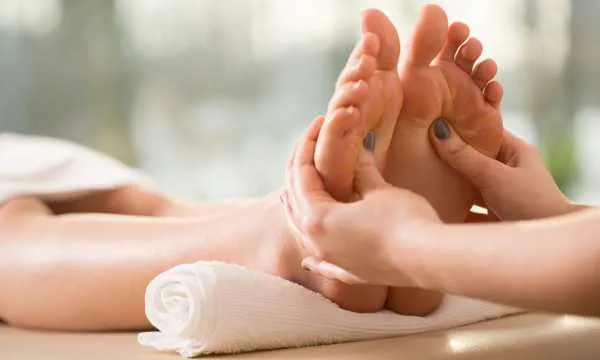Oriental massage, also known as Asian massage, has been practiced for thousands of years in various cultures across Asia.
Ad
This type of massage is known for its unique techniques and holistic approach to healing the body. The techniques used in Oriental massage are designed to improve circulation, reduce stress, and promote overall wellness.
In recent years, the popularity of Oriental massage has grown significantly in the Western world. Many people are turning to these traditional techniques to help manage chronic pain, reduce stress, and improve their overall health.
Ad
With its focus on the mind-body connection, Oriental massage offers a natural and effective way to promote healing and relaxation. In this article, we will explore the secrets of Oriental massage and how these traditional techniques are being used in modern applications.
History of Oriental Massage
Origins and Evolution
Oriental massage, also known as Asian massage, has a long history that dates back to ancient China. The earliest recorded use of massage in China was around 2700 BCE, during the reign of the Yellow Emperor. It was believed that massage could help balance the body’s energy, or qi, and promote healing.
Ad
Over time, massage techniques were refined and developed in China, Japan, Korea, and other Asian countries. These techniques were passed down from generation to generation, and eventually spread to other parts of the world.
Influence on Western Practices
Oriental massage has had a significant impact on Western massage practices. In the late 19th century, Japanese massage techniques were introduced to the West by J.H. Kellogg, a physician and health reformer. Kellogg believed that massage could help improve overall health and prevent disease.
Since then, Oriental massage techniques have become increasingly popular in the West. Many massage therapists incorporate these techniques into their practice, such as Shiatsu, Thai massage, and acupressure.
Overall, the history of Oriental massage is rich and varied, with techniques that have evolved over thousands of years. Today, these techniques continue to be used around the world, helping people to relax, reduce stress, and improve their overall health and well-being.
Fundamental Techniques
Oriental massage is a traditional practice that has been used for centuries to promote relaxation, reduce stress, and alleviate pain.
The fundamental techniques used in this type of massage are based on the principles of Traditional Chinese Medicine (TCM), which involves the manipulation of acupressure points, meridian lines, and the flow of Qi energy.
Acupressure Points
Acupressure points are specific points on the body that correspond to different organs, muscles, and systems. By applying pressure to these points, a therapist can stimulate the body’s natural healing processes and promote relaxation.
Some common acupressure points used in Oriental massage include the LI4, which is located between the thumb and index finger, and the GB20, which is located at the base of the skull.

Acupressure-Points – Source(Canva)
Meridian Lines
Meridian lines are pathways that run throughout the body and are believed to carry Qi energy. There are 12 main meridians in the body, each of which corresponds to a different organ or system.
In Oriental massage, therapists use a variety of techniques to stimulate these meridians and promote the flow of Qi energy. Some common techniques include tapping, kneading, and stretching.
Qi Energy Flow
Qi energy is believed to be the life force that flows through the body. When this energy is blocked or stagnant, it can lead to pain, illness, and other health problems.
In Oriental massage, therapists use a variety of techniques to promote the flow of Qi energy and restore balance to the body. This may include using acupressure points, stimulating meridian lines, and incorporating breathing exercises.
Overall, the fundamental techniques used in Oriental massage are based on the principles of TCM and are designed to promote relaxation, reduce stress, and alleviate pain. By manipulating acupressure points, meridian lines, and the flow of Qi energy, therapists can help their clients achieve a greater sense of well-being and balance.
Modern Adaptations
Integration in Holistic Therapy
Traditional Oriental massage techniques have been integrated into modern holistic therapies, providing a comprehensive approach to health and wellness. Practitioners combine massage with other complementary therapies such as acupuncture, aromatherapy, and reflexology to create a personalized treatment plan for each client.
The integration of Oriental massage techniques into holistic therapy has been found to be effective in treating a range of health issues, including chronic pain, stress, anxiety, and depression. By addressing the physical, emotional, and spiritual aspects of health, holistic therapy provides a more comprehensive approach to wellness.
Innovations in Massage Tools
Advancements in technology and materials have led to the development of innovative massage tools that enhance the effectiveness of Oriental massage techniques. These tools include massage balls, rollers, and sticks that can be used to apply pressure to specific points on the body.
Massage balls are small, firm balls that can be used to apply pressure to specific areas of the body, such as the feet, hands, or back. Rollers are cylindrical tools that can be used to massage larger areas of the body, such as the legs or back.
Sticks are long, thin tools that can be used to apply pressure to specific points on the body, such as the acupressure points on the feet.
Innovative massage tools have made it easier for practitioners to apply Oriental massage techniques with greater precision and effectiveness. They have also made it possible for clients to continue their massage therapy at home, using self-massage techniques and tools to maintain their health and wellness.
Practical Applications
Therapeutic Benefits
Oriental massage has been used for centuries to help relieve stress, tension, and pain. The techniques used in this type of massage focus on improving circulation, reducing muscle tension, and promoting relaxation. By doing so, it can help alleviate a variety of conditions, including headaches, back pain, and anxiety.
One of the primary benefits of Oriental massage is its ability to promote deep relaxation. This can help reduce stress and anxiety, which in turn can improve overall well-being. Additionally, Oriental massage has been shown to help improve circulation, which can aid in the healing process and promote overall health.
Self-Massage Routines
While professional Oriental massage can be incredibly beneficial, there are also self-massage routines that individuals can perform at home to help relieve tension and promote relaxation.
These routines often involve simple techniques, such as using a foam roller or tennis ball to massage sore muscles.
One popular self-massage technique is acupressure, which involves applying pressure to specific points on the body to help alleviate pain and tension. This technique can be easily performed at home and has been shown to be effective for a variety of conditions, including headaches and back pain.
Professional Training and Certification
For those interested in pursuing a career in Oriental massage, there are a variety of professional training and certification programs available. These programs typically cover a range of techniques and theories related to Oriental massage, including acupressure, Shiatsu, and Thai massage.
In addition to providing individuals with the skills and knowledge needed to become a professional Oriental massage therapist, these programs also help ensure that therapists are providing safe and effective treatments to their clients. This can help build trust and confidence in the profession and promote the overall health and well-being of clients.


